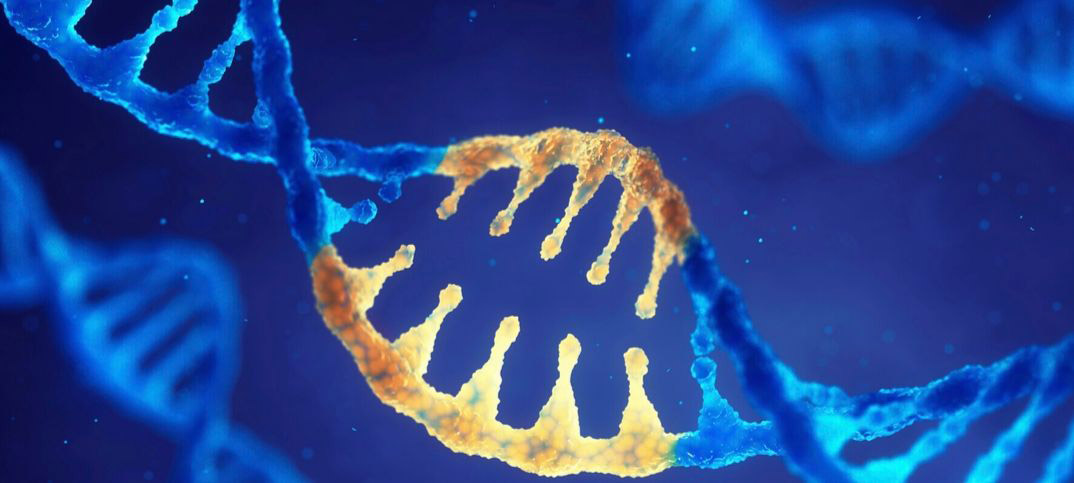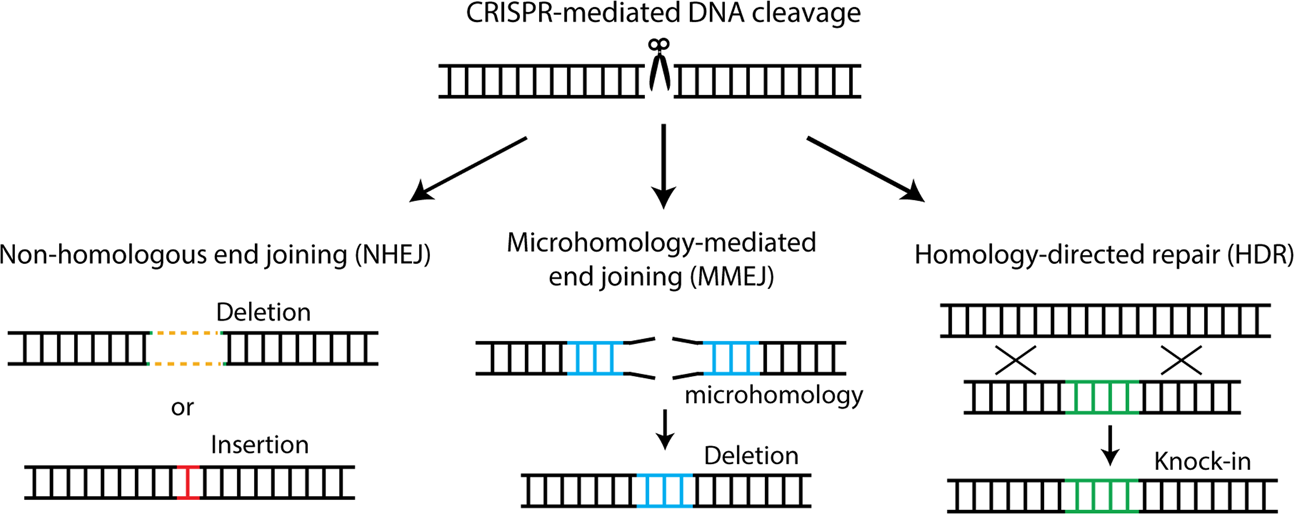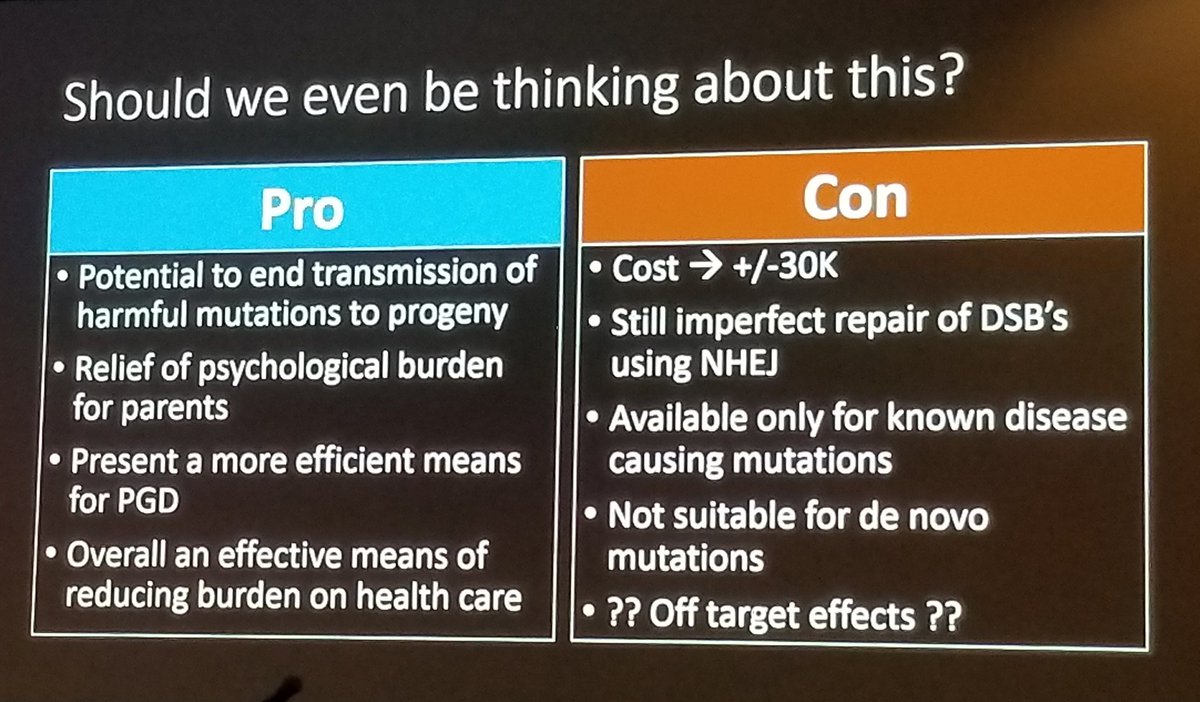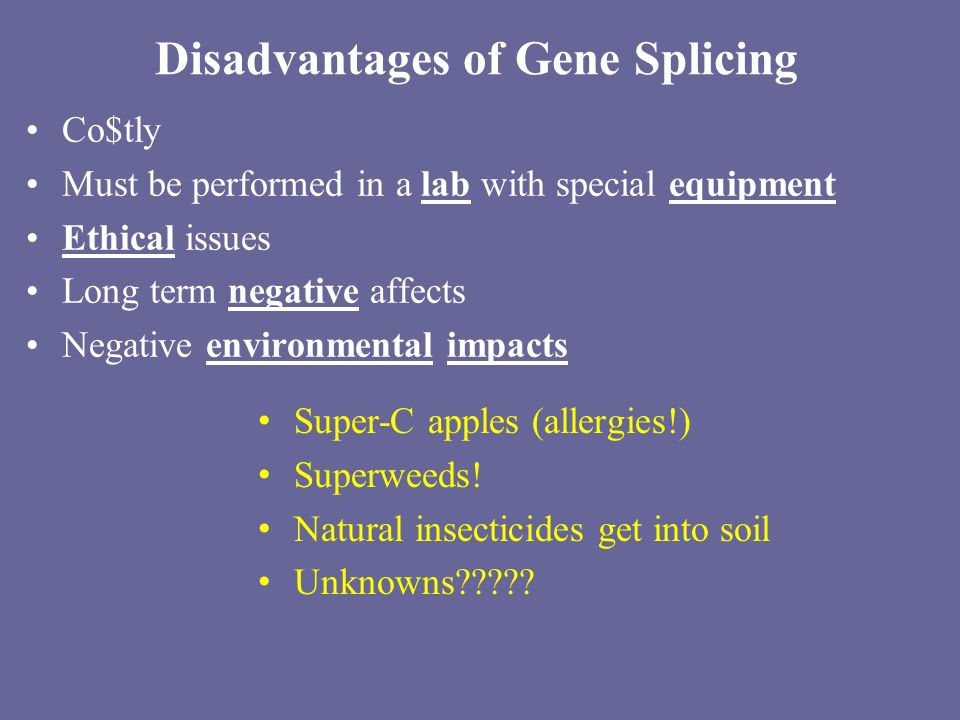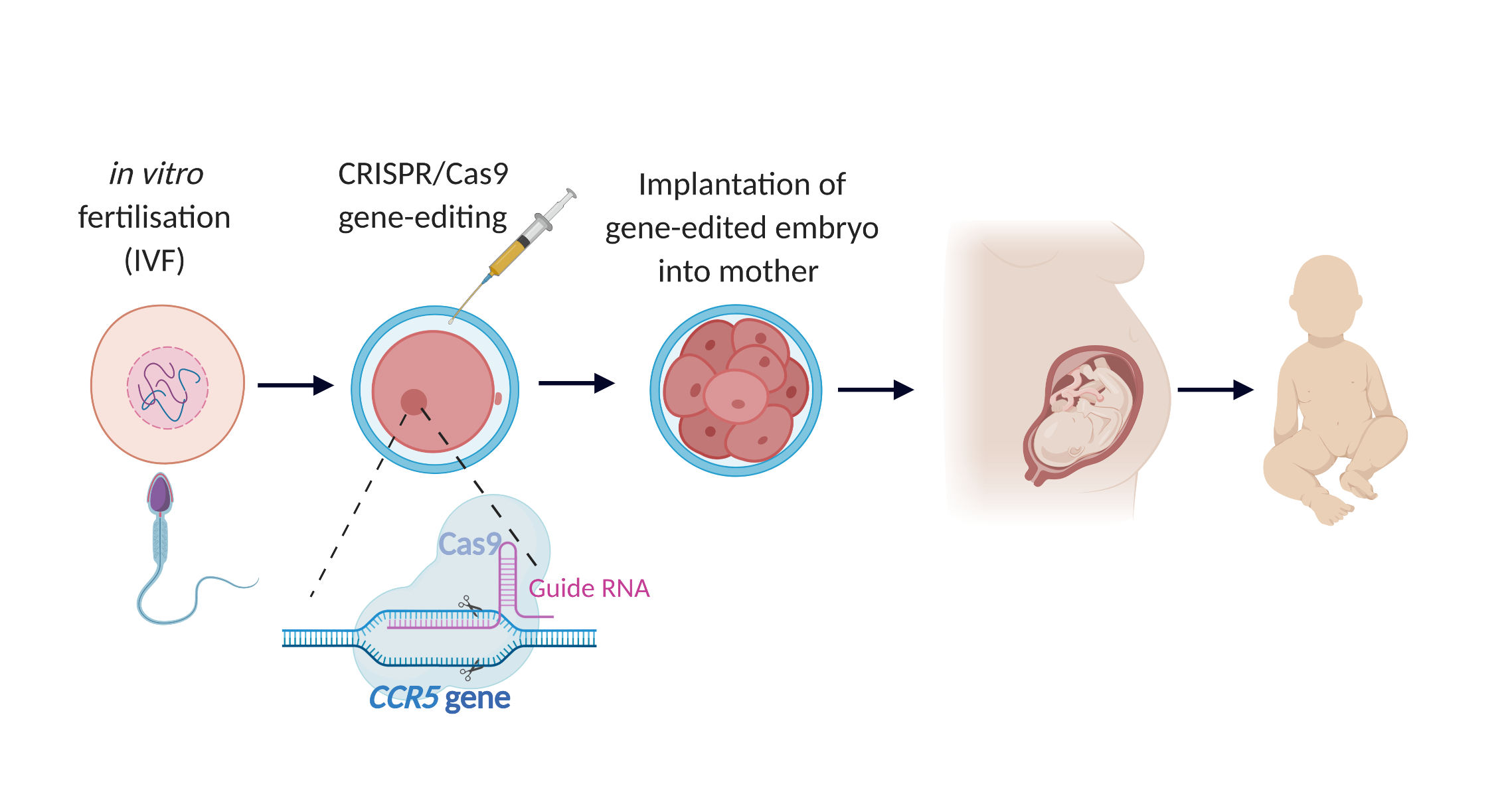Gene splicing, also known as genetic engineering or gene modification, is a technique that involves the manipulation of an organism's DNA in order to modify or alter its characteristics. This technology has been used in a variety of fields, including agriculture, medicine, and environmental conservation. While gene splicing has the potential to offer numerous benefits, it also raises a number of ethical concerns and has sparked controversy and debate.
One of the main pros of gene splicing is its potential to revolutionize agriculture and improve food production. For example, scientists have used gene splicing to create crops that are more resistant to pests, diseases, and environmental stressors. These genetically modified (GM) crops can increase crop yields, reduce the need for pesticides and herbicides, and improve food security in areas where agriculture is difficult. In addition, gene splicing can be used to enhance the nutritional value of crops by adding essential vitamins and minerals.
Another potential benefit of gene splicing is its use in medicine. For example, scientists have used gene splicing to develop therapies for genetic disorders, such as cystic fibrosis and sickle cell anemia. These therapies involve the insertion of functional copies of a gene into the patient's DNA, which can help to correct the genetic defect and improve the patient's health. Gene splicing has also been used to develop vaccines and treatments for cancer and other diseases.
However, gene splicing also raises a number of ethical concerns. One concern is the potential for the technology to be used for malicious purposes, such as creating biological weapons or genetically modified organisms (GMOs) that could harm the environment. There is also the concern that gene splicing could lead to the creation of "designer babies," in which parents select the traits of their children. This could lead to societal inequalities and could result in the further stigmatization of people with disabilities.
Another concern is the lack of long-term safety data on genetically modified organisms. While GM crops have been widely studied and have been deemed safe by regulatory agencies, there is still a lack of consensus among scientists and the general public on the potential risks of gene splicing. There are also concerns about the potential negative impacts of GM crops on the environment, including the potential for GM crops to contaminate non-GM crops and harm beneficial insects and other wildlife.
In conclusion, gene splicing offers the potential for numerous benefits, including increased food production, improved medicine, and the development of vaccines and treatments for diseases. However, it also raises ethical concerns and has sparked controversy and debate. As with any technology, it is important to carefully consider the potential risks and benefits before making any decisions about its use.
